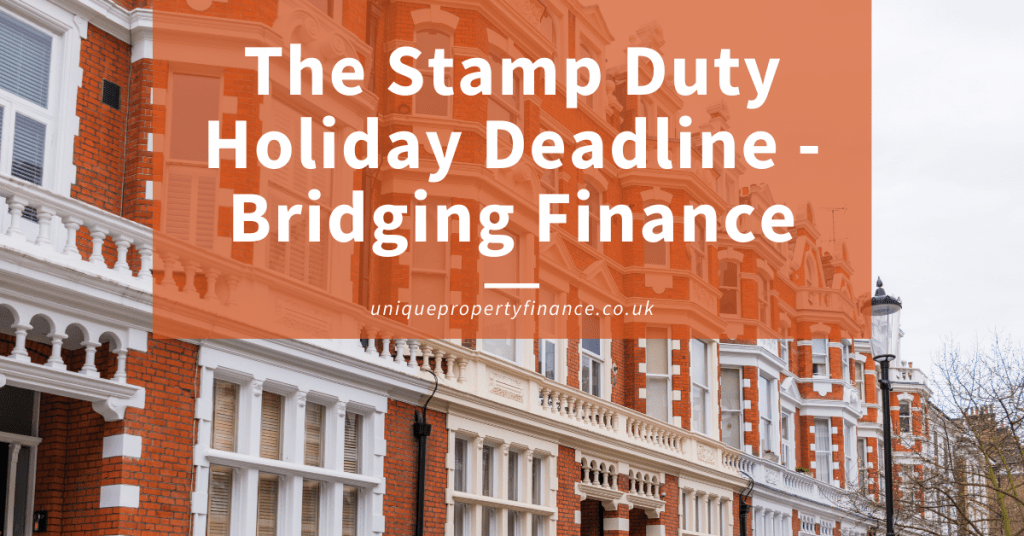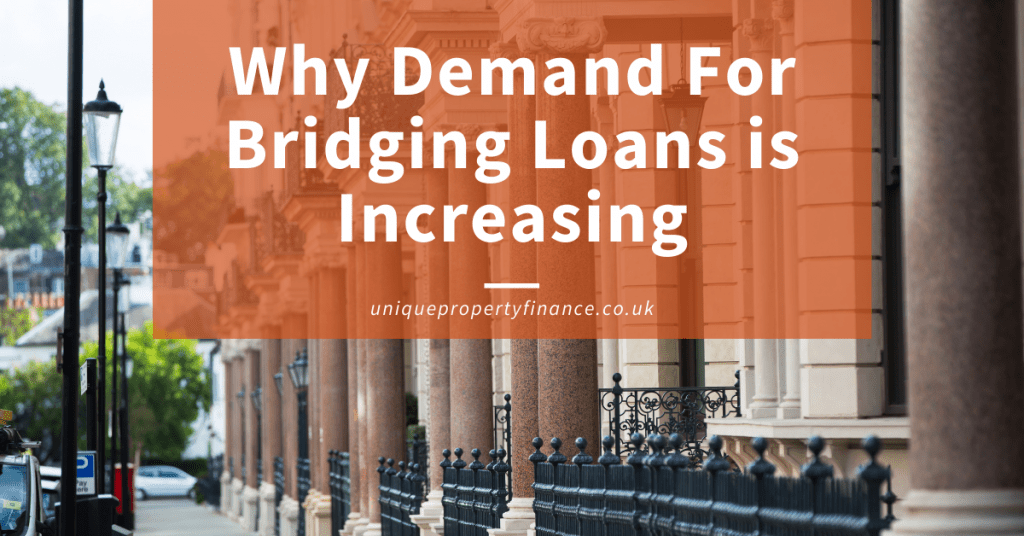
A Bridging loan is an important tool used to enable you access to large funds. A bridging loan can be used in a number of different circumstances, however they are often used by property investors who require immediate funding, for example at an auction or as a loan to bridge the gap between making a purchase and other funds becoming available, for instance making funds available to buy one property while you wait to sell another.
How do they work?
Usually arranged by specialist mortgage brokers. There are two types of bridging loan, these are, open and closed bridging loans.
- Open bridging loans have no set end date. They can be repaid when your funds become available and tend to last for up to one year, sometimes longer. You should have a suitable exit strategy.
- Closed bridging loans have a fixed end date, usually when you know when funds will be available to pay off what you owe. They tend to last just a few weeks or months. For example, bridging the gap whilst you wait for another property to sell.
Due to their flexibility open bridging loans are often more expensive than closed bridging loans. Nevertheless, it is mandatory that you have an agreeable exit route in place, this is a plan that details how you will repay the loan in full.
Before you are able to access the money, the lender will place a charge on your other assets (usually property) this acts as a form of security and ensures the lender will be able to obtain their money if things were not to work out positively for the borrower.
There are two types of charges and these determine the priority of debts if the borrower was unable to repay the loan:
First charge loans this is where the loan is the first or only borrowing secured against the property. Standard mortgages are usually first-charge loans.
Second-charge loans are where there is already a loan or mortgage listed against the property. The bridging loan will be the second loan.
If for any reason a property was to be seized and sold to pay off outstanding loans, a first charge loan would have to be paid first before a second charge loan could be paid back.
Second-charge lenders usually need the permission of the first-charge lender before they are listed. There is no limit to the number of charges that can be listed on a property although any loan will likely need to be commercially viable for a lender.
We specialise in arranging competitive and fast bridging loans at Unique Property Finance. To find out how we can help contact our bridging finance brokers directly on 0203 645 4322 or visit our website https://uniquepropertyfinance.co.uk/.





About The Author: Sunny Budhdeo
With a career that spans over 20 years, Sunny initiated his journey in the mortgage industry as an adviser at the prestigious estate agency Barnard Marcus. He quickly gained recognition for his expertise, particularly in specialist finance, focusing on complex buy-to-let loans and bridging finance. As the Co-Founder of Unique Property Finance, Sunny has become a linchpin in the industry, adept at solving intricate property finance issues and fostering strong relationships with lenders.
More posts by Sunny Budhdeo